New Plaster: Cracks and Discoloration
dshlaw
13 years ago
Related Stories
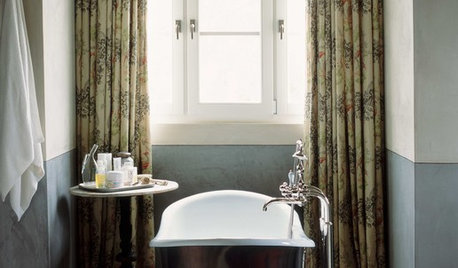
WALL TREATMENTSSurface Smarts: Venetian Plaster
Centuries-old Venetian plaster has made a roaring comeback in modern interiors. Could this old-world wall favorite work in your home?
Full Story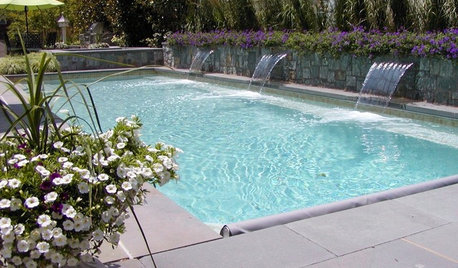
POOLSPlaster Tops Popularity List for Pool Finishes
Classic white or dyed to suit a mood, plaster is the most common and affordable finish for pools today
Full Story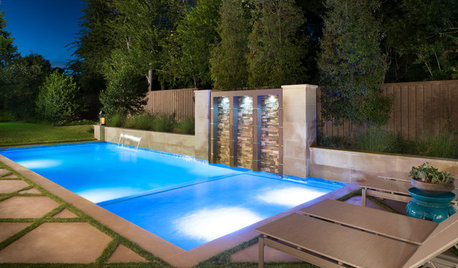
GREAT HOME PROJECTSHow to Replaster (or Remodel) Your Pool
Have an old pool? It could be time to update the plaster, landscaping and more for a pool that works swimmingly with your current style
Full Story
REMODELING GUIDES9 Hard Questions to Ask When Shopping for Stone
Learn all about stone sizes, cracks, color issues and more so problems don't chip away at your design happiness later
Full Story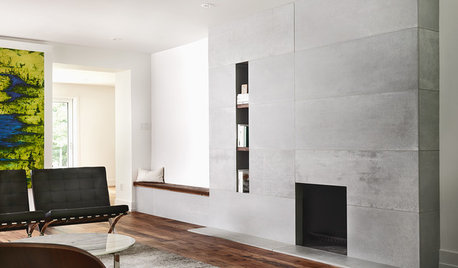
FIREPLACESConcrete Panels Create a Stylish Modern Fireplace
A dozen distressed custom panels form a cohesive look without the mass that can sometimes lead to cracking
Full Story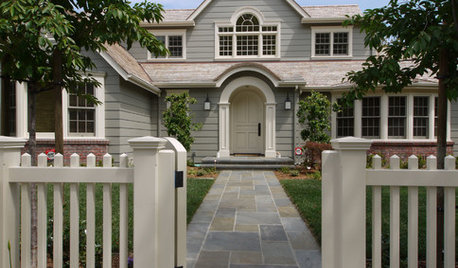
HOUSEKEEPINGOutdoor Home Prep to Do Before Hard Winter Hits
Avoid cracking, rusting and rotting during freezes by taking care of these tasks now
Full Story
TASTEMAKERSCatch the Intrepid Design Spirit, Courtesy of Brian J. McCarthy
Crack open the designer's new book and discover how to create interiors that 'crackle with excitement'
Full Story
HOUZZ TOURSMy Houzz: Relaxed Glamour in a Downtown Row House
See how this Maryland couple put their own creative stamp on their 1890 home
Full Story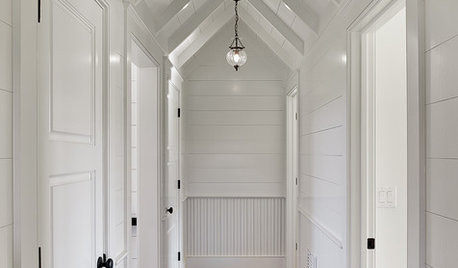
REMODELING GUIDESTongue and Groove Wall Paneling Joins the Comeback Club
Try this smooth architectural move to give your walls a streamlined appearance that conveys quality
Full Story
REMODELING GUIDESRenovation Detail: Tongue and Groove Ceilings
As camouflage for damaged surfaces or simply for their rich texture and beauty, tongue and groove ceilings create high impact
Full StoryMore Discussions








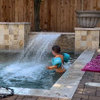


poolguynj
dshlawOriginal Author
Related Professionals
Claremont Swimming Pool Builders · Los Alamitos Swimming Pool Builders · La Marque Landscape Architects & Landscape Designers · Redondo Beach Landscape Architects & Landscape Designers · Davidson Landscape Contractors · Estelle Landscape Contractors · Fair Lawn Landscape Contractors · Gaithersburg Landscape Contractors · Hickory Hills Landscape Contractors · Las Vegas Landscape Contractors · New Providence Landscape Contractors · Oakland Landscape Contractors · Snoqualmie Landscape Contractors · Liberty Decks, Patios & Outdoor Enclosures · Monroeville Decks, Patios & Outdoor Enclosurespoolguynj